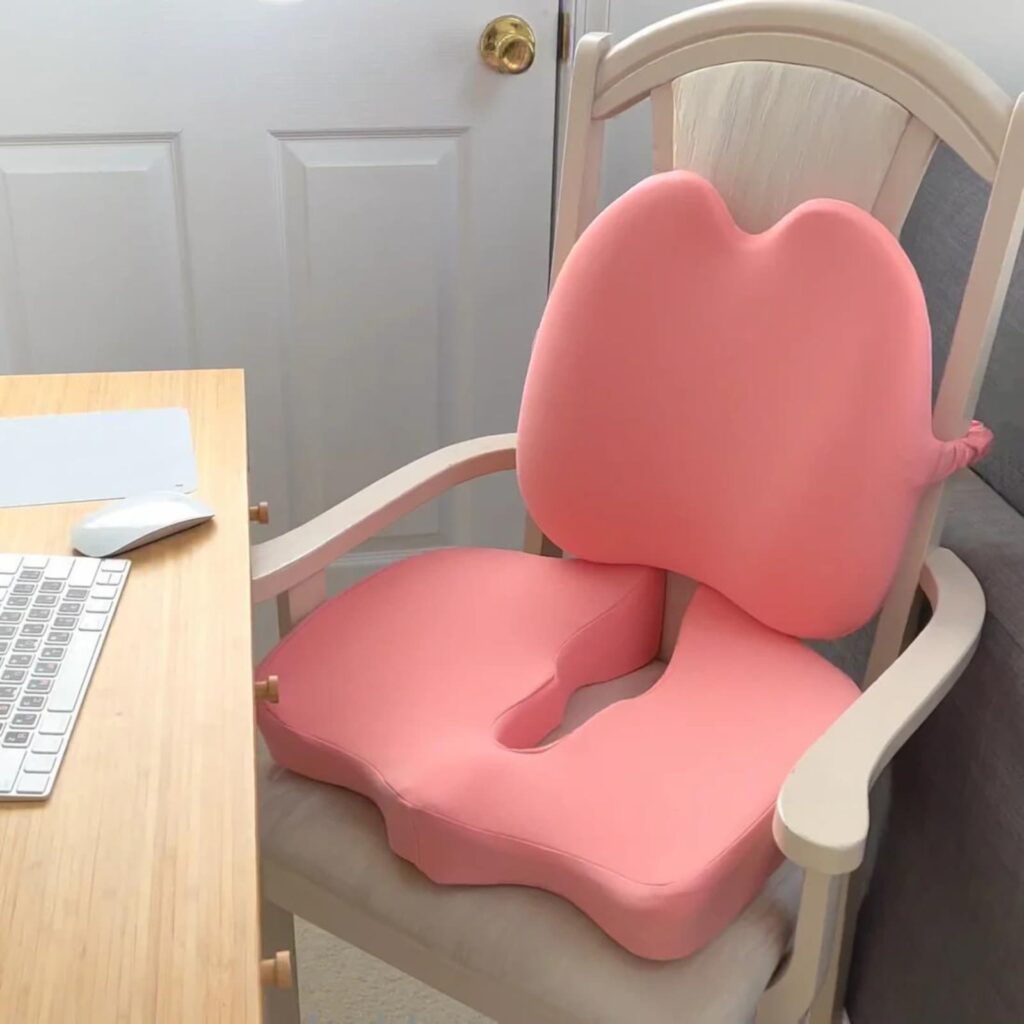In today’s increasingly digital world, more professionals are transitioning to remote work, enjoying the flexibility it brings. However, the shift from a traditional office to a home environment presents unique challenges, particularly in designing a space that fosters both productivity and health. This article aims to provide essential ergonomic tips tailored for business professionals looking to optimize their home offices. By incorporating ergonomic principles, remote workers can not only boost their productivity but also safeguard their health over the long term.
The Role of Ergonomics in Home Office Design
Ergonomics involves designing workspaces that align with the user’s physiological and psychological capabilities, aiming to enhance efficiency and minimize discomfort. In the context of a home office, poor ergonomic practices can lead to issues like carpal tunnel syndrome, chronic back pain, and eye strain—ailments that significantly detract from productivity and personal well-being. Implementing sound ergonomic principles is thus critical not just for comfort, but for maintaining peak professional performance and preventing long-term health problems.
Choosing the Right Furniture

- Chair: Choosing the right chair is foundational to maintaining good posture throughout the workday. The chair should support the natural curve of your spine, with adjustments for height, back angle, and armrests to fit your body. For additional comfort and support, consider a pressure relief seat cushion and lumbar support pillow. These cushions distribute weight evenly, reducing pressure on the pelvis and lower back, and helping to prevent the discomfort that comes from prolonged sitting. Find more on Ortseat website.
- Desk: The height of your desk should allow you to use your computer without reaching up or bending forward. Ideally, when sitting, your arms should form a 90-degree angle at the elbows. If your desk is too high or too low, it can lead to posture problems and discomfort. Adjustable desks are a great investment, allowing you to change your working position from sitting to standing throughout the day.
Investing in these fundamental pieces of furniture can significantly enhance the ergonomic quality of a home office, promoting health and efficiency. Tools like the Ortseat Pressure Relief Seat Cushion & Lumbar Support Set further exemplify ergonomic aids that can transform a standard home office into a professional-grade workspace conducive to long hours of productive work.
Optimizing Computer Setup for Maximum Comfort
A proper computer setup is crucial in preventing physical strain and promoting long-term comfort. The monitor should be positioned at eye level to avoid neck strain, ideally allowing the top of the screen to align with your eyes. This setup prevents the need to tilt your head up or down, which can lead to muscle fatigue. Your keyboard and mouse should be placed so your wrists remain neutral, with hands at or slightly below elbow level to avoid strain. Consider accessories like adjustable stands or monitor arms to achieve the ideal positioning, ensuring a setup that supports optimal posture and reduces the risk of repetitive strain injuries.
The Importance of Good Lighting and Ventilation
Effective lighting and ventilation are vital in any home office setup. Good lighting, particularly natural light, can reduce eye strain and improve mood and alertness. If natural light is limited, invest in quality artificial lighting that mimics daylight without creating glare or harsh shadows. Position lights to illuminate your workspace evenly, avoiding reflections on the computer screen. Adequate ventilation is also crucial, as poor air quality can lead to decreased concentration and increased fatigue. Ensure your workspace is well-ventilated, possibly with an air purifier or by opening windows to allow fresh air circulation, enhancing both cognitive function and overall health.
Personalizing Your Workspace
Personalizing your workspace is about more than aesthetics; it’s a key factor in enhancing job satisfaction and productivity. Incorporate elements that inspire and motivate you, such as personal artifacts, artwork, or plants. These personal touches not only make your space more inviting but also help reduce stress and enhance creative thinking. Keep your desk organized and clutter-free to maintain focus and efficiency. Utilizing organizational tools like drawer organizers, cable management systems, and digital tools can help keep your physical and digital workspace clear, setting the stage for a productive workday.
Integrating Movement into Your Routine

Regular physical movement is essential to counteract the negative effects of prolonged sitting, which include muscle stiffness, poor circulation, and decreased metabolic health. Integrate movement into your workday by setting reminders to stand, stretch, or walk every hour. Consider using a sit-stand desk to easily transition between sitting and standing while working. Simple stretches targeting the neck, shoulders, and back can be done throughout the day to relieve tension and improve circulation. Additionally, try to incorporate a brief walk during breaks to re-energize and clear your mind, which can boost both physical well-being and productivity.
By addressing these aspects of your home office, you can create a space that not only meets professional needs but also supports your health and well-being, ultimately leading to a more productive and sustainable work life.
Final Thoughts
Establishing an ergonomic home office is crucial for any business professional working remotely. By choosing the right furniture, optimizing your computer setup, ensuring adequate lighting and ventilation, personalizing your workspace, and integrating regular movement into your routine, you create an environment that not only boosts productivity but also supports your physical and mental health. Remember, an effective home office setup is a continuous investment in your professional success and well-being. Regularly assess and adjust your space to meet your evolving needs, ensuring that your home office remains a place where productivity thrives and comfort is paramount.



